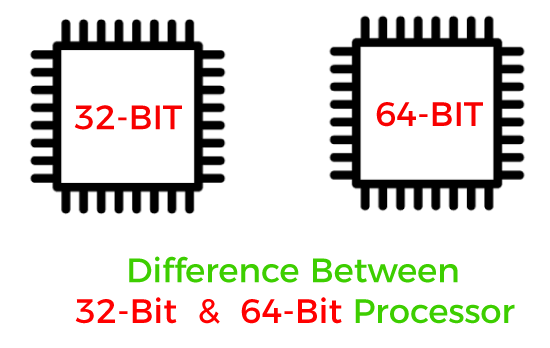

- #HANDBRAKE 32 BIT VS 64 BIT FULL#
- #HANDBRAKE 32 BIT VS 64 BIT ANDROID#
- #HANDBRAKE 32 BIT VS 64 BIT SOFTWARE#
Even still, this program remains to be 100% free and with regular updates continues to expand its capability to work with all currently popular video and audio codecs on the market.
#HANDBRAKE 32 BIT VS 64 BIT SOFTWARE#
Today, after so many years and a turbulent state of development, the software still represents one of the most popular video conversion programs on the market, with support for many features that make the conversion process easy and intuitive. Petit continued being active on the development of the app until 2006 when he left and enabled its community to continue working on updates (originally made under the name “MediaFork”, but later renamed back to Handbrake). HandBrake was originally created in 2003 by the Eric Petit who made this app exclusively for the shortly lived BeOS operating system, but was shortly after ported to Windows, macOS, and Linux (Ubuntu). You can apply many great video filters (grayscale, detelecine, decomb, deinterlace, denoise, deblock), as well as set the video codec, quality and framerate, audio codec, mixdown, sample frequency rate, and bitrate.
.jpg)

Of course, the app fully supports one of the most popular video conversion processes of all time -the transfer of movies from your DVDs to your hard drive by converting them to files in the MPEG-4 format.
#HANDBRAKE 32 BIT VS 64 BIT ANDROID#
It enables anyone to easily prepare their camera videos to be played on a wide variety of devices, including all versions of iPhones, iPods, Apple TVs, Android phones, Android tablets, and more. There’s however one issue with using the 64-bit version of Chromium installed by default: the WidevineCDM library is not available making it impossible to play streaming video from premium services such as Netflix or Disney+.HandBrake is a free and open-source tool for converting video files from nearly any format to a selection of modern, widely supported codecs. But with the first stable release, video acceleration works through Chromium and VLC, GPU acceleration works through Mesa, and hopefully, some of the performance regressions are resolved, so it can perform more or less as well, or in some cases better, than the 32-bit version. When I tested Raspberry Pi OS 64-bit on Raspberry Pi 4 in June 2020 I actually noted some performance regressions against Raspberry Pi 32-bit OS, and at the time there were some known issues such as the lack of hardware video decoding in VLC and Chromium.
#HANDBRAKE 32 BIT VS 64 BIT FULL#
Some of the main reasons to finally release a 64-bit version include improved software compatibility with many closed-source applications only available for arm64, and some open-source ones not fully optimized for the armhf port, some performance benefits, and the ability for a process to make use of the full 8GB RAM, removing the 3GB limit when using LPAE (Large Physical Address Extension) on 32-bit operating systems. The Raspberry Pi Foundation has now officially released Raspberry Pi OS 64-bit about two years after the first beta version was released.ĭespite some potential performance benefits from using 64-bit code instead of 32-bit, the Raspberry Pi Foundation has resisted moving too quickly to a 64-bit OS because if it would create two separate worlds for their earlier 32-bit boards like Raspberry Pi 2 or Raspberry Pi Zero, and the newer 64-bit boards starting with Raspberry Pi 3 onwards and may confuse users besides the extra workloads.


 0 kommentar(er)
0 kommentar(er)
